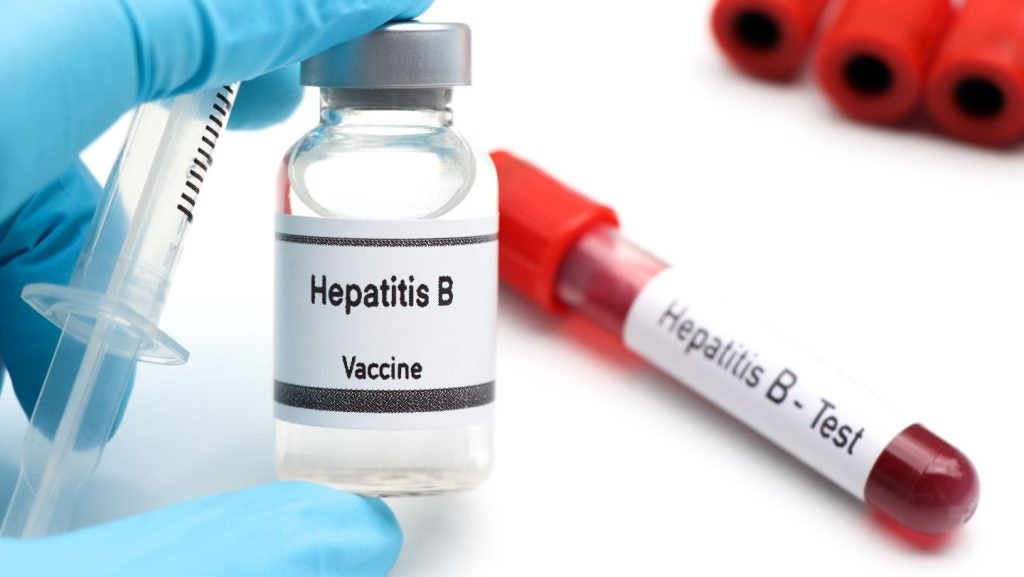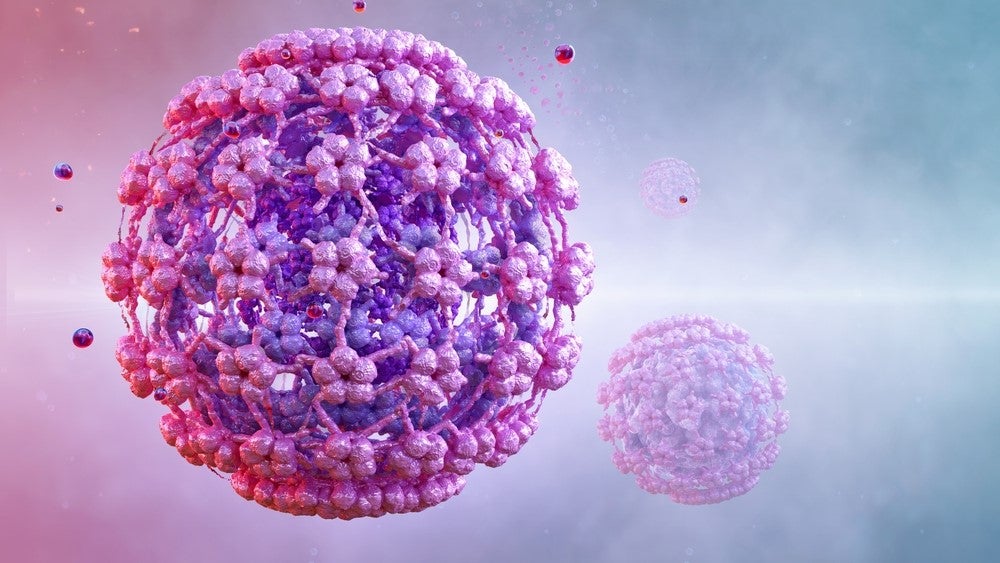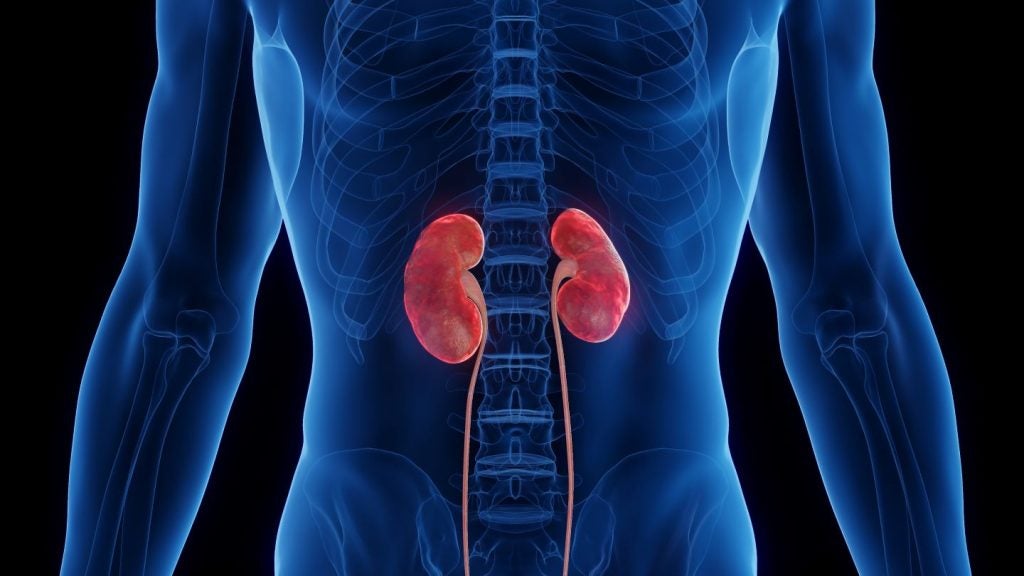
Cytokinetics’ CK-274 has experts at odds with whether its forthcoming Phase II data in obstructive hypertrophic cardiomyopathy (oHCM) should at least match the efficacy profile of Bristol Myers Squibb’s mavacamten. The latter is expected to garner FDA approval and hence likely to become the benchmark among myosin inhibitors.
Two experts said CK-274 should improve upon mavacamten’s overall efficacy profile since the latter still has efficacy gaps. Mavacamten succeeded in a Phase III trial as it mainly recruited mildly symptomatic patients and so had a low success bar, they added. However, two other experts disagreed, noting mavacamten’s Phase III results validated its efficacy potential. CK-274 should and is likely to match mavacamten’s efficacy as both share the same mechanism, they added.
A notable edge for CK-274 over mavacamten is that the former has a shorter half-life, experts agreed. Reduced left ventricle ejection fraction (LVEF) is a pertinent concern for both drugs, and dosing alterations are needed to alleviate this issue, they said. In the event there are such side-effect concerns, dosing changes would be easier to achieve with CK-274, they explained.
The 60-patient Phase II REDWOOD-HCM trial studying CK-274 has data due mid-year, according to an April Cytokinetics presentation. Mavacamten has a PDUFA date of 28 January 2022, and the FDA decision will be based on Phase III EXPLORER-HCM, according to a 19 March BMS release.
Despite experts being divided on the clinical relevance of the EXPLORER-HCM efficacy data, they nonetheless agreed mavacamten is still approvable as the trial was positive. An analyst report states CK-274 has benefited from mavacamten’s clinical development success, and the latter is expected to be approved. Mavacamten has peak sales estimates of $1.31bn by 2026, according to a GlobalData consensus forecast. Cytokinetics has a $1.86bn market cap, while BMS’ is $148.15bn. Both companies did not respond to a comment request.
Experts split if CK-274 should follow mavacamten efficacy footsteps
Experts are divided as to whether mavacamten’s overall efficacy profile warrants the drug to become a standard for myosin inhibitors in oHCM. A class effect among CK-274 and mavacamten is likely due to their comparable mechanisms, hence mavacamten data is potentially relevant for CK-274’s clinical development, explained EXPLORER-HCM investigator Dr Michael Fifer, codirector, Hypertrophic Cardiomyopathy Program, Massachusetts General Hospital, Boston.
How well do you really know your competitors?
Access the most comprehensive Company Profiles on the market, powered by GlobalData. Save hours of research. Gain competitive edge.

Thank you!
Your download email will arrive shortly
Not ready to buy yet? Download a free sample
We are confident about the unique quality of our Company Profiles. However, we want you to make the most beneficial decision for your business, so we offer a free sample that you can download by submitting the below form
By GlobalDataBut forthcoming CK-274 REDWOOD-HCM should aim to exceed mavacamten’s overall efficacy profile, said Dr Barry Maron, director of clinical research, Hypertrophic Cardiomyopathy Centre, Tufts Medical Centre, Boston. This is because mavacamten still has efficacy gaps, and the available data demonstrates that it is not curative, especially in an indication where surgical intervention is a “one-and-done” option, added Dr Martin Maron, director, Hypertrophic Cardiomyopathy Centre, Tufts Medical Centre, Boston, Massachusetts.
In EXPLORER-HCM, 37% of 123 mavacamten-treated patients met the clinical response endpoint, compared with 17% of 128 patients on placebo (p=0.0005, Olivotto, I, et. al, Lancet. 2020 Sep 12;396(10253):759-769). Clinical response was defined as a combination of one NYHA class reduction and/or improvement in peak oxygen consumption.
Fifer, who is also in the clinical steering committee for REDWOOD-HCM, differed, noting mavacamten did show it can lead to clinical response in EXPLORER-HCM. In fact, EXPLORER-HCM data shows mavacamten can be an alternative to surgical intervention, agreed Dr Antonis Pantazis, consultant cardiologist, Brompton and Harefield Hospital, London, UK. And so, mavacamten provides a reasonable benchmark among myosin inhibitors in oHCM, both added.
Still, Barry Maron noted mavacamten’s EXPLORER-HCM had a low efficacy bar since the trial mostly enrolled mildly symptomatic patients. In EXPLORER-HCM, 71.5% of mavacamten patients were NYHA Class II (mild symptoms with normal physical activity) and 28.5% were Class III (moderate symptoms with less than normal physical activity), according to a presentation by Myocardia, which was acquired by BMS in November 2020. Any forthcoming CK-274 data would be impressive if it showed improvements in those with more severe disease like Class III patients who are candidates for surgery, Barry Maron added. REDWOOD-HCM is also recruiting both Class II and III patients but the target ratio between classes is not public.
But Pantazis said there is value in showing efficacy in Class II patients because the majority of oHCM patients are Class II, and their symptom burden is not high enough for surgical intervention. In fact, these therapies should be considered as complementary to surgery and not as a replacement, he added.
Dosing best avenue for CK-274 differentiation
Nevertheless, experts agreed a significant point of differentiation for CK-274 is to improve on mavacamten’s side-effect risk and dosing requirements. Three mavacamten-treated patients in EXPLORER-HCM temporarily discontinued from the trial due to reduced LVEF, which was alleviated via dose modification. This mechanism-related side effect is a pertinent concern for both drugs since they are designed as long-term therapies, Martin Maron said. LVEF could lead to heart failure or systolic dysfunction, Barry Maron explained. REDWOOD-HCM’s primary endpoint is investigating adverse-event signals and has a secondary safety endpoint specifically studying incidence of LVEF <50% during dosing.
CK-274 has a shorter half-life than mavacamten, experts noted. Phase I healthy volunteer data show CK-274’s half-life reaches a steady state at 3.4 days on average, as per the Cytokinetics presentation, while in vitro data shows mavacamten has a nine-day half-life (Grillo, M, et. al, Xenobiotica. 2019 Jun;49(6):718-733). Both CK-274 and mavacamten are once-daily oral drugs, with dosing catered to each patient according to echocardiogram.
CK-274’s shorter half-life means that in the event CK-274 dose modification is necessary or if the patient needs to be taken off the drug to alleviate LVEF, it would be more straightforward to do so, Fifer and Martin Maron explained. Also, it could be easier to find the patient’s ideal dose, Fifer added. The 10-week REDWOOD-HCM should be long enough to investigate titration nuances due to CK-274’s shorter half-life, he noted.
REDWOOD-HCM is investigating 5–15mg and 10–30mg dosing regimens. The higher dose could lead to more gradient reduction but also carries the potential for LVEF which would necessitate increased monitoring, Fifer said. The balancing act to find the right dose could be finicky, so a specialist would still be needed to find the ideal dose with echocardiograms potentially needed for assessment, Fifer and Martin Maron added. EXPLORER-HCM had a 5mg starting mavacamten dose but also evaluated 2.5–15mg doses.
Despite expert division on the magnitude of efficacy of mavacamten and monitoring required to alleviate any side-effect risks, they agreed it should be FDA-approvable. Now with mavacamten data, there is more clarity on the mechanistic value of allosteric modulation of cardiac myosin, Pantazis explained. Risk of reduced LVEF would likely be added to the label, specifically warnings regarding the need for regular patient follow-up, Barry Maron noted.
A notable difference between the two programs is the choice of left ventricular outflow tract gradient (LVOT-G) endpoints. REDWOOD-HCM is evaluating concentration-response relationship of CK-274 on post-Valsalva and resting LVOT-G from baseline as secondary endpoints, while Phase II PIONEER-HCM mavacamten trial chose post-exercise LVOT-G as a primary endpoint. Between provocation tests post-Valsalva and post-exercise, the latter is more clinically relevant, Fifer and Martin Maron said. However, resting LVOT-G measure is more clinically important than either provocation test, Barry Maron said.
Reynald Castaneda is an Associate Editor for Clinical Trials Arena parent company GlobalData’s investigative journalism team. A version of this article originally appeared on the Insights module of GlobalData’s Pharmaceutical Intelligence Center. To access more articles like this, visit GlobalData.








Related Company Profiles
Bristol-Myers Squibb Co
Cytokinetics Inc